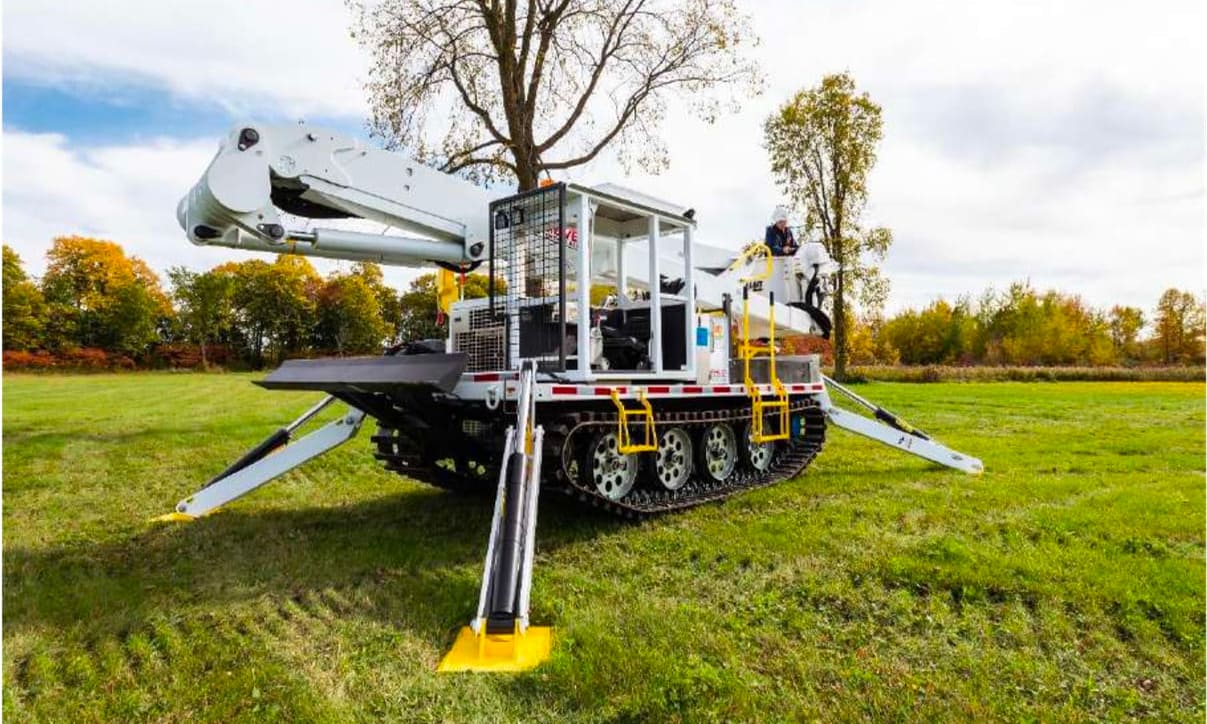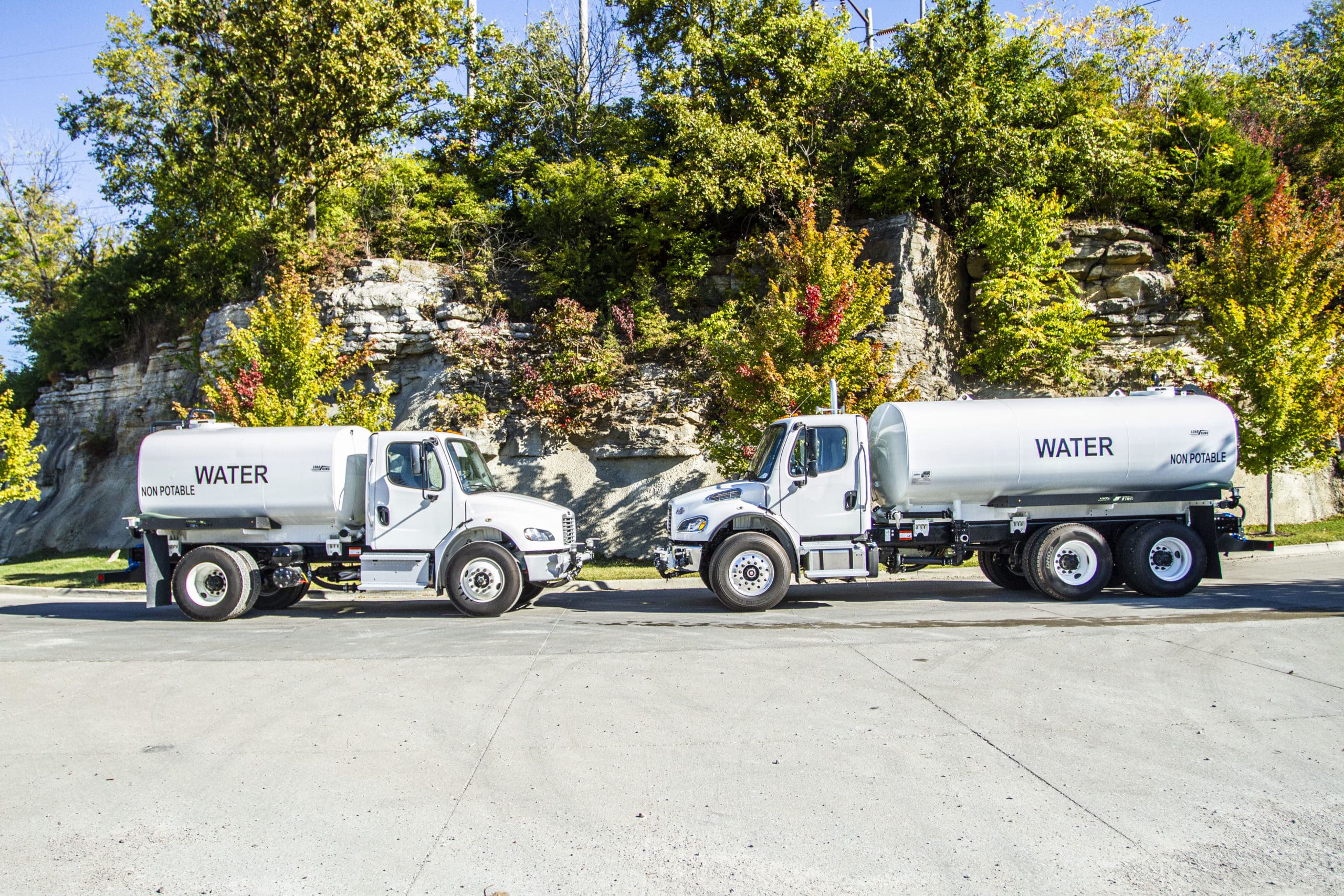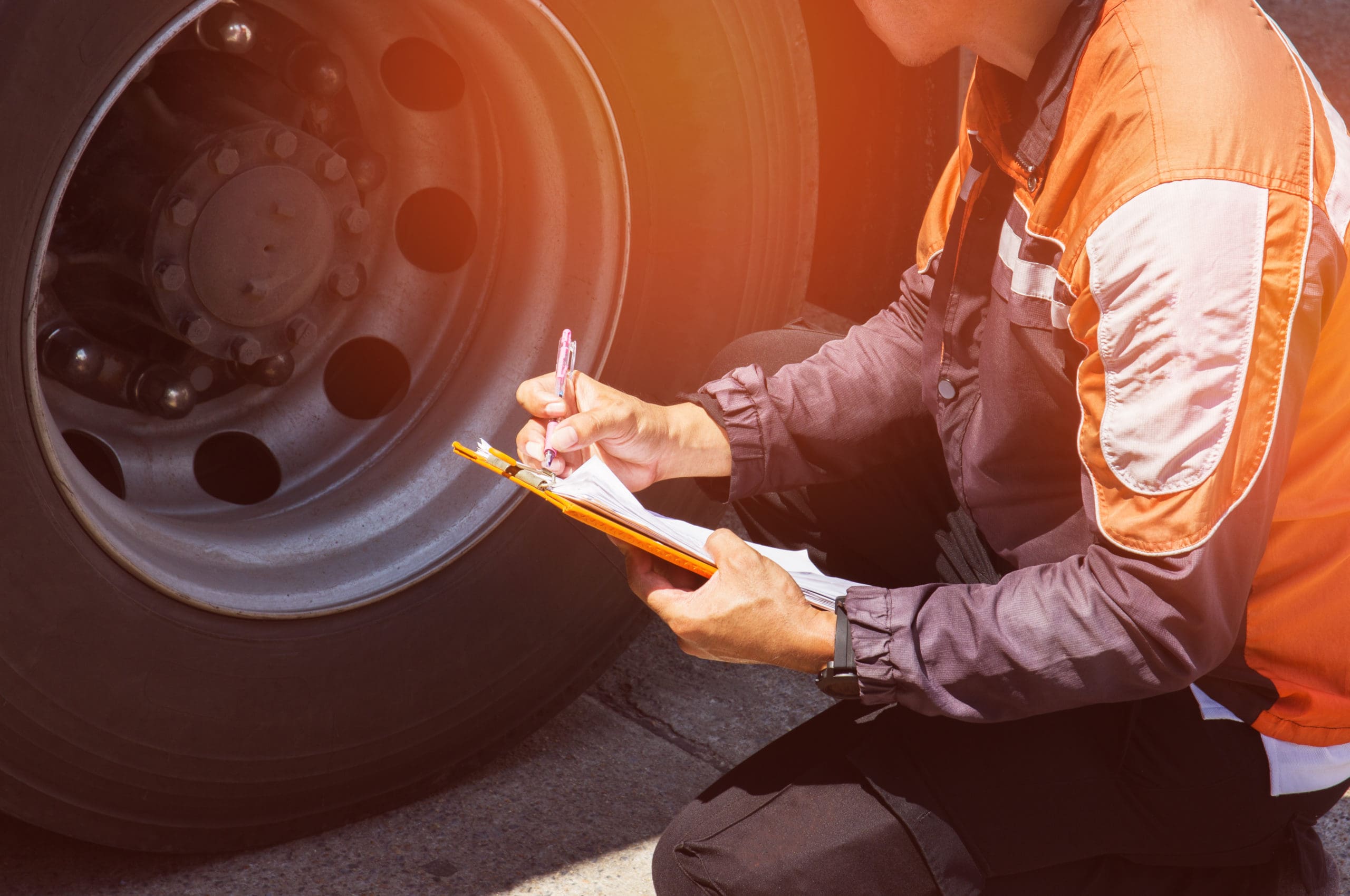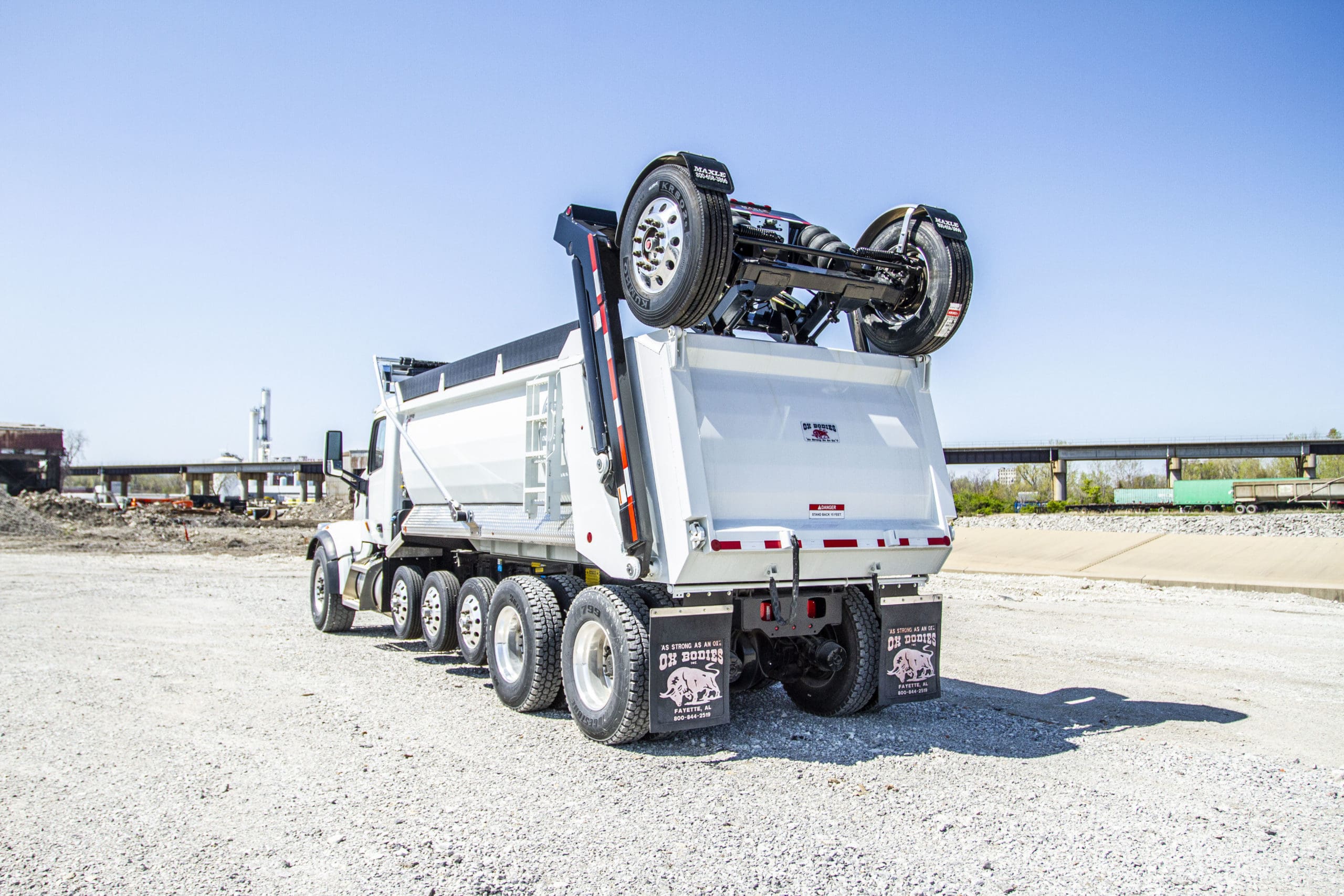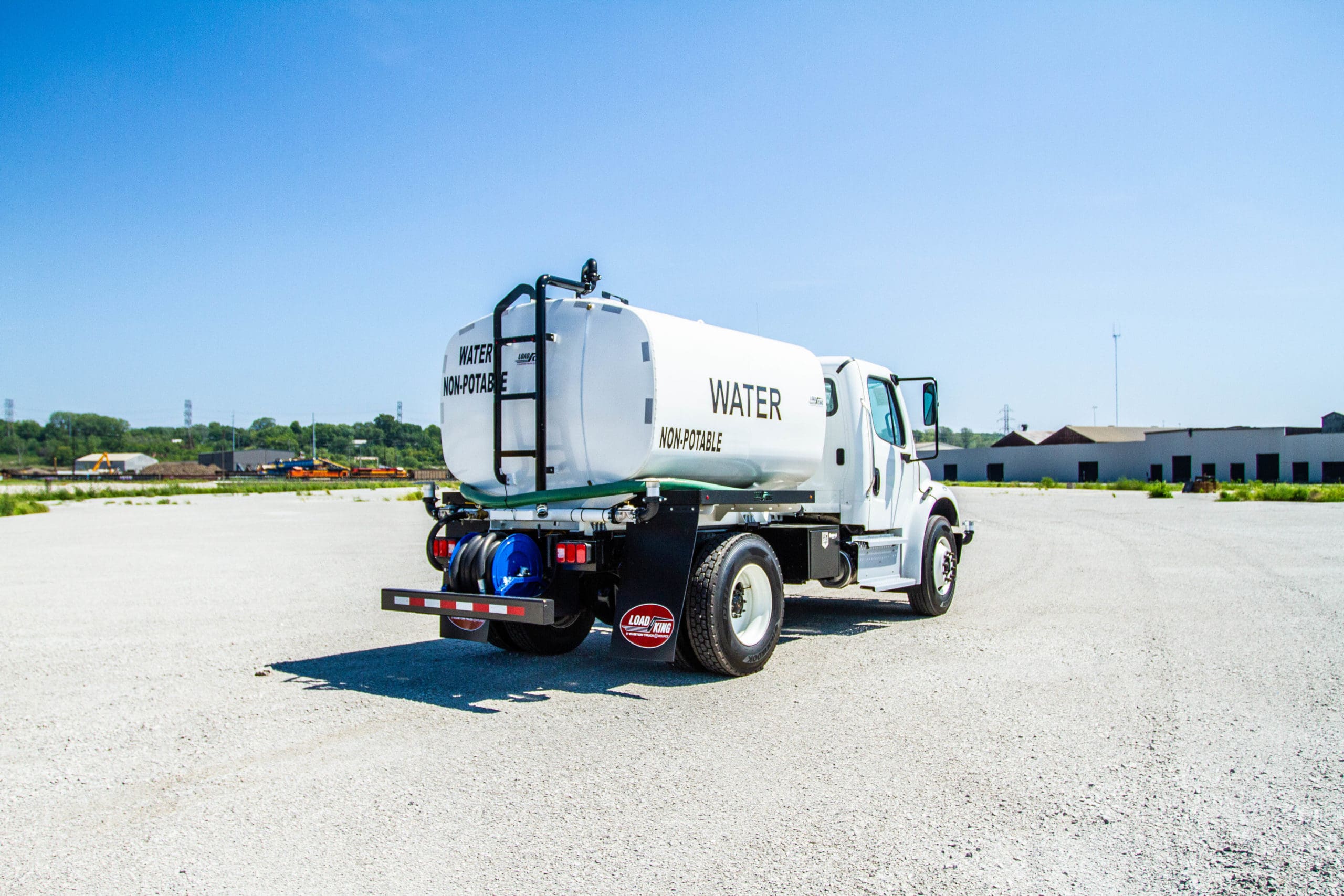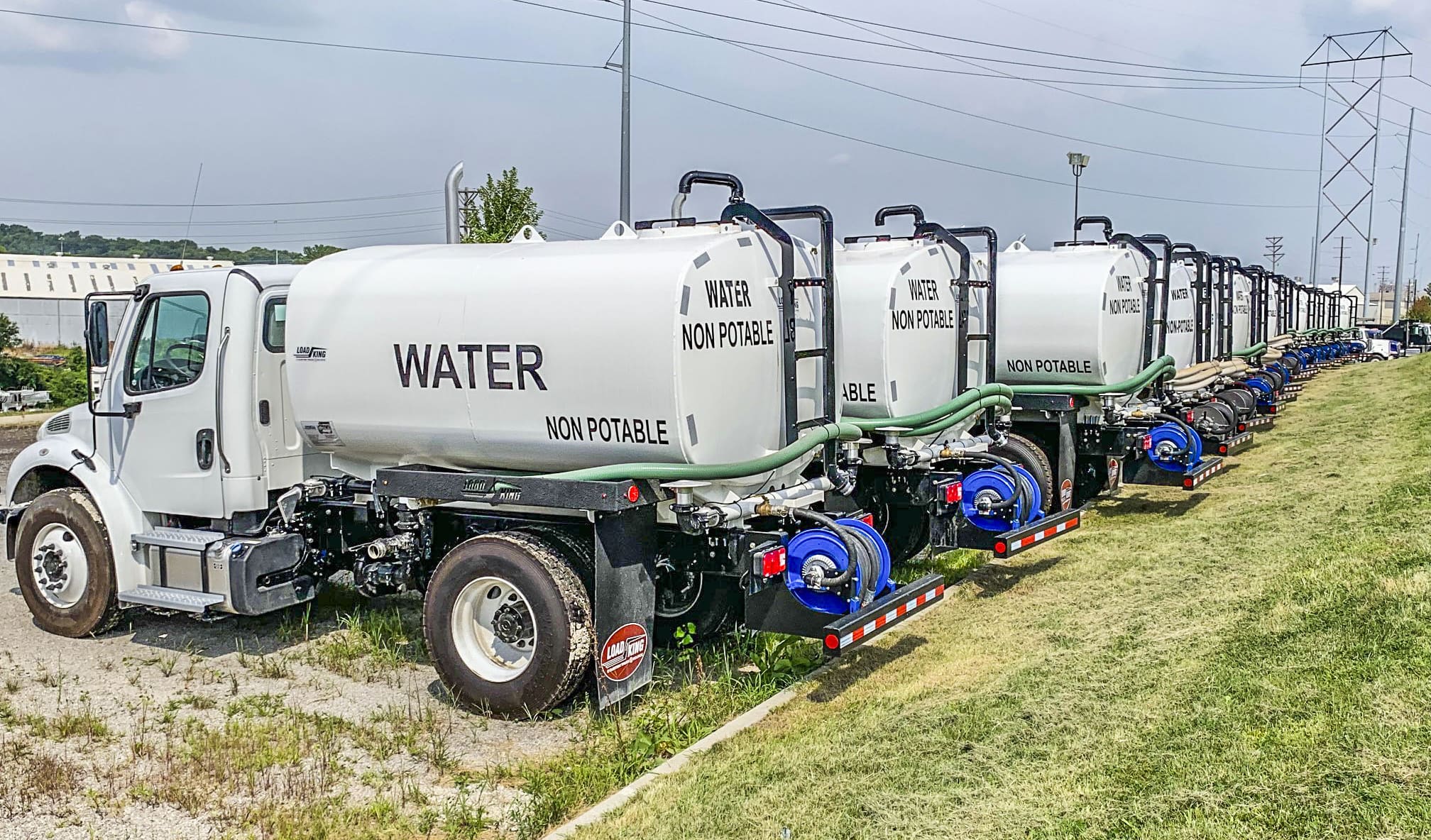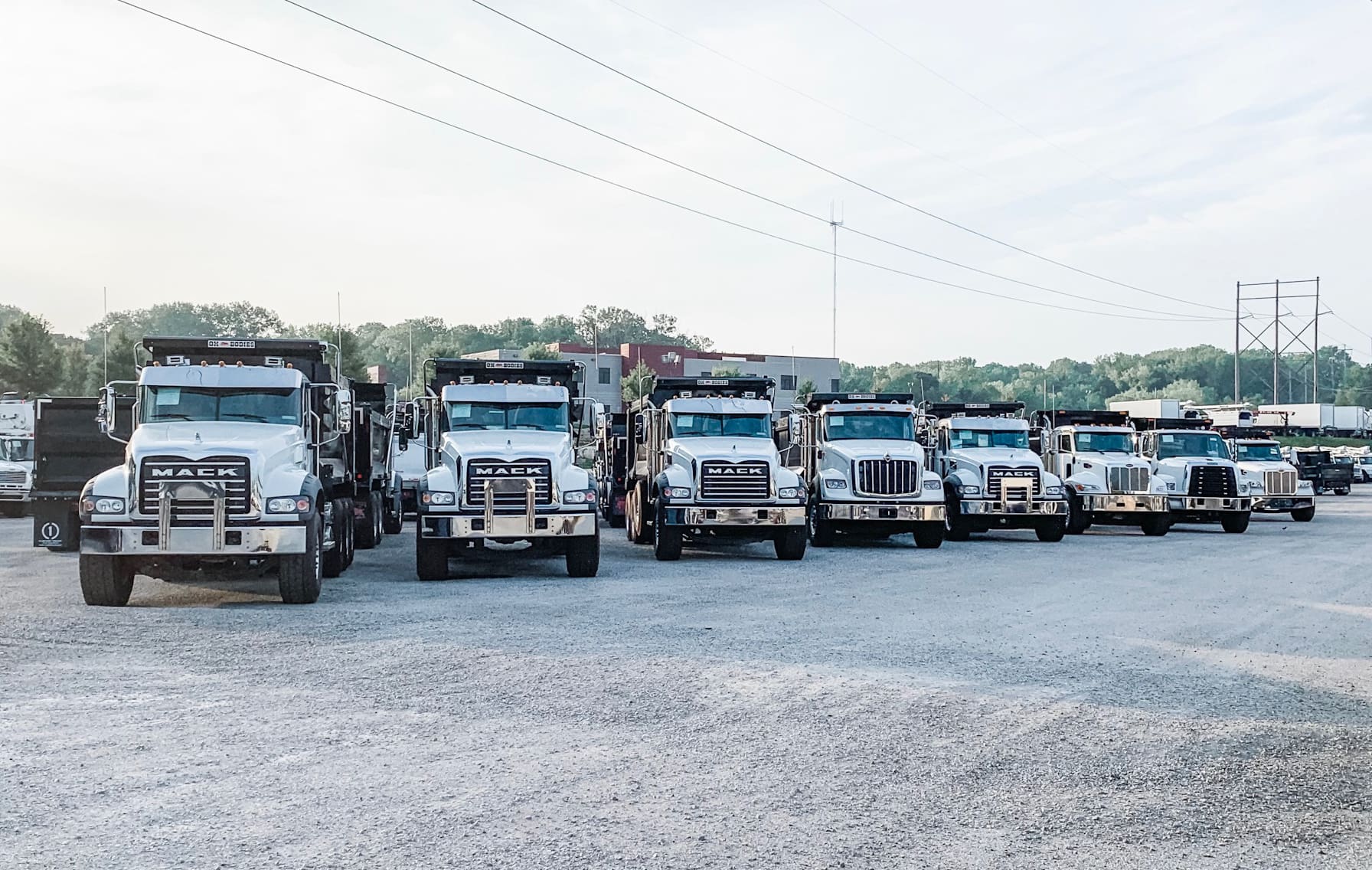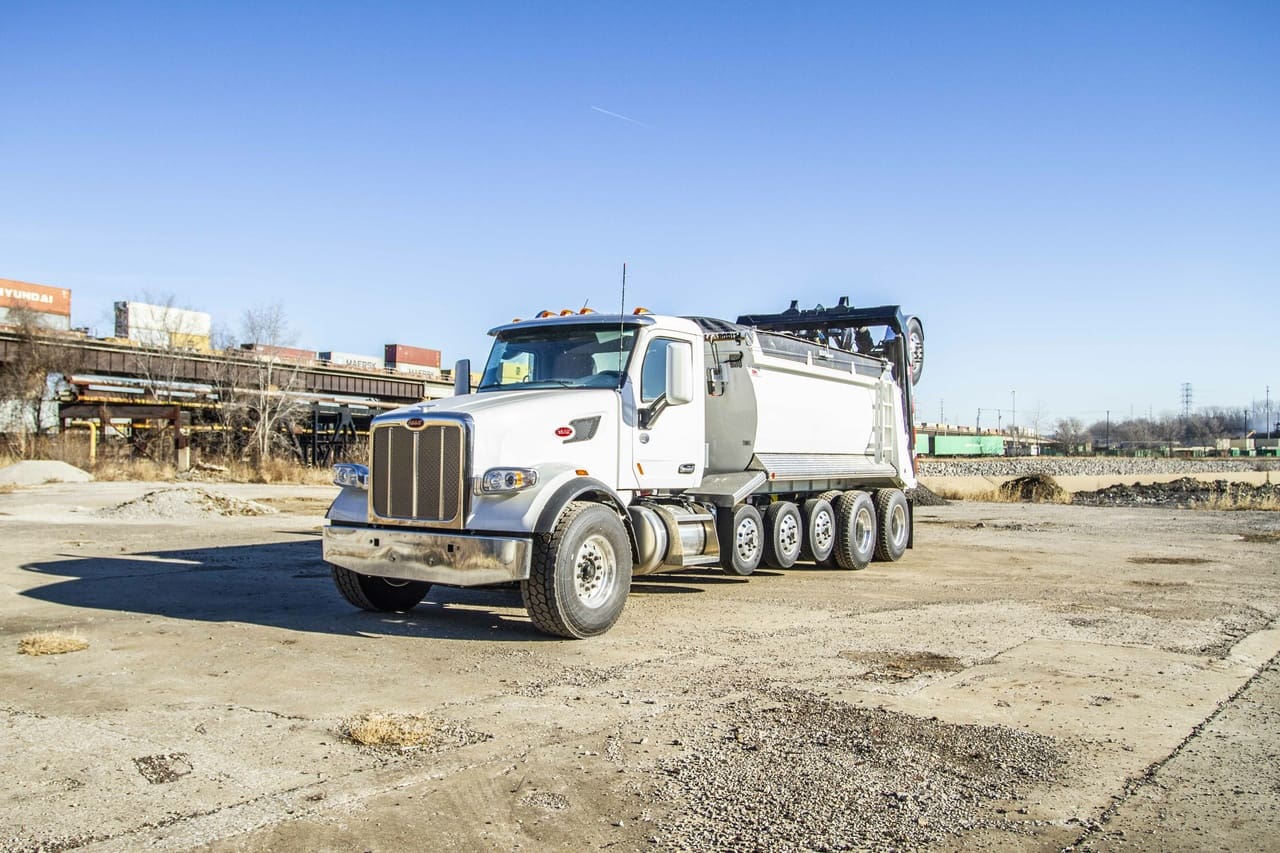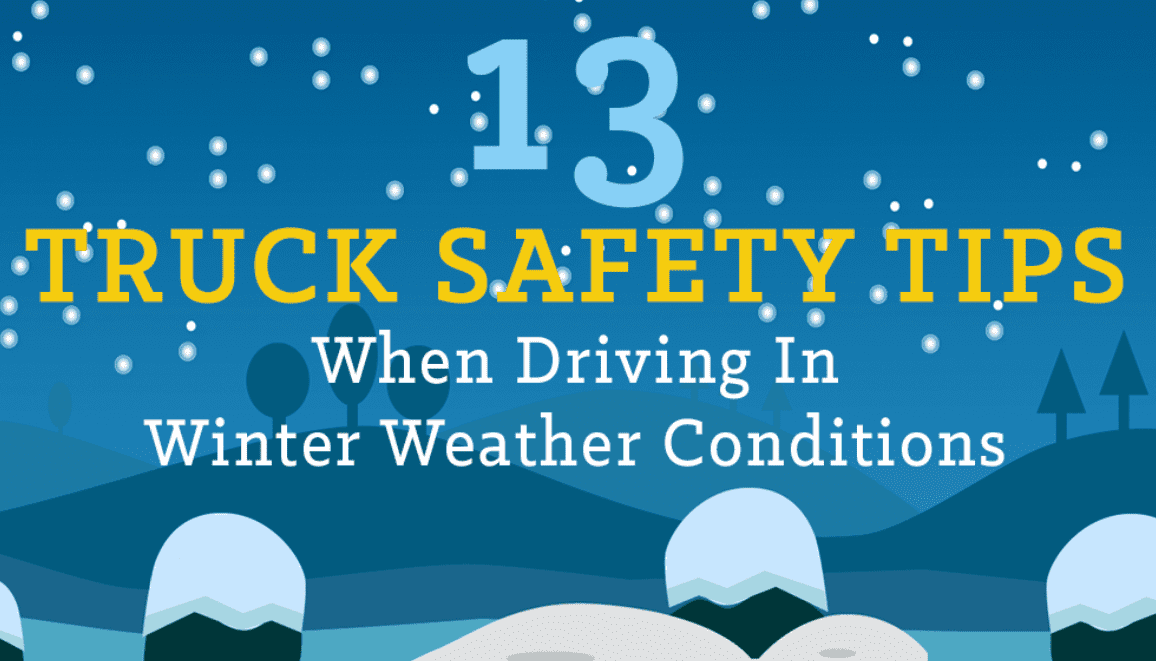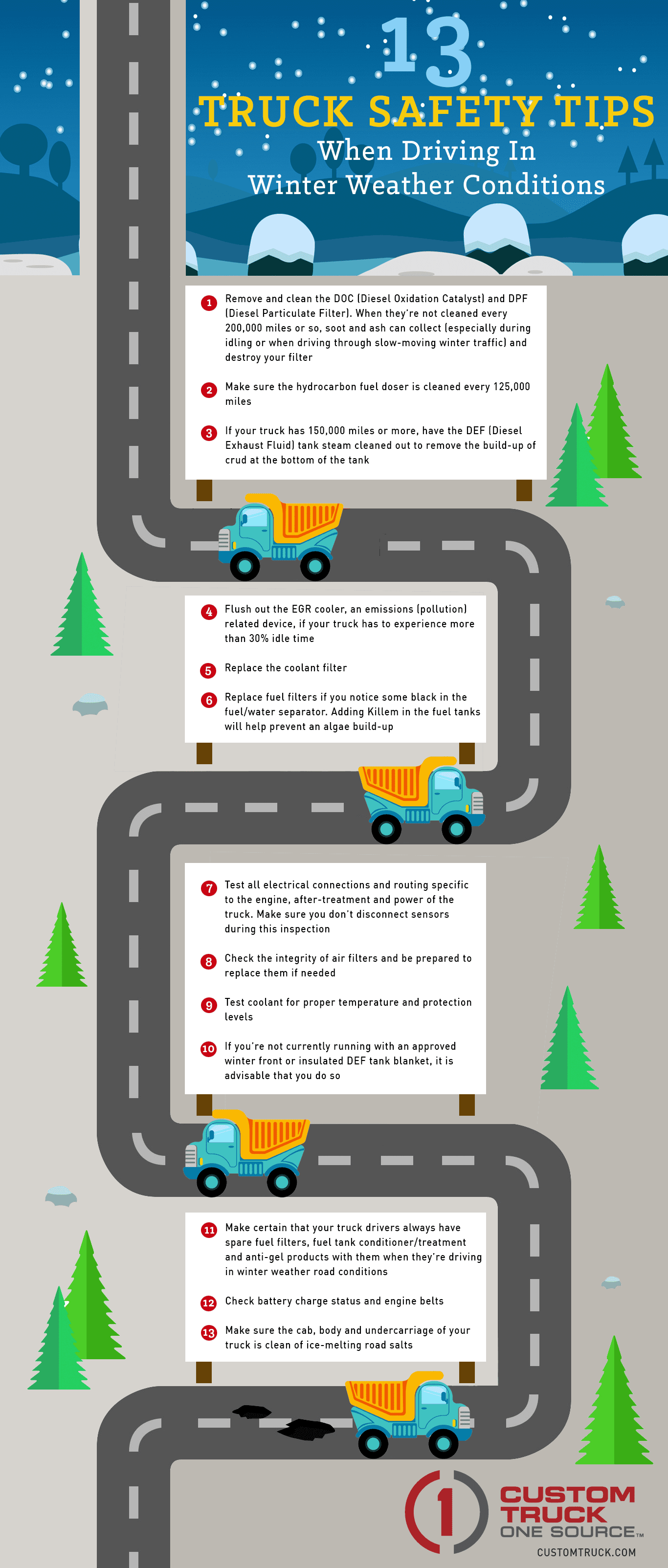Purchasing a dump truck is a significant investment. However, the investment doesn’t end there. You’ll still have to spend time and money on dump truck maintenance to keep your truck in tip-top shape.
If you don’t provide your dump truck with proper maintenance, the breakdowns and repairs will catch up with you. This begs the question, how do you maintain your dump trucks?
If you’ve been struggling with dump truck maintenance, worry not; you’re in the right place. Today, we’ll be highlighting a few dump truck maintenance tips to keep your fleet in tip-top condition.
1. Find and Read the Owner’s Manual
Before you get to the heavy lifting, the first thing you want to do for your truck’s maintenance is locate the owner’s manual. This is true for any vehicle, but especially important for specialty trucks like dump trucks. The owner’s manual will help you understand your truck and how to take care of it.
The owner’s manual will highlight all the maintenance checks your dump truck needs. With some, you can even find recommendations on what dump truck parts work best for your truck. You’ll also get a chart that helps you keep track of your maintenance history.
Find the owner’s manual to get comprehensive instructions on how to maintain your truck. Keep reviewing the manual to get your dump truck maintenance off on the right foot.
2. Check the Tires
Tires are an integral part of your dump truck and require your care and attention. Unlike other vehicle tires, dump truck tires are subject to intense loads almost daily. This means they’re more predisposed to wear and, eventually, fail.
Before your fleet hits the road, make sure you check their tires’ air pressure. Check the owner’s manual to confirm whether the tire pressure is up to par.
Most truck manufacturers recommend a PSI of between 85 and 105. Remember to compensate for temperature changes, but don’t overdo it. Next, check the tire treads for excessive signs of wear that may compromise the truck’s traction.
It’s also vital that the tires wear down evenly so they don’t misalign. Also, if the truck will remain dormant for a long time, turn the tires a quarter turn around to avoid stressing one section of the tires.
3. Check Your Trucks’ Batteries
Check the battery under the dump truck’s hood for any signs of corrosion and to ensure that all connections are tight. Also, make sure you remove the truck’s battery if you plan to leave it dormant for a long time. Ensure you do this, especially during the winter when most fleets take a break.
It’s worth noting that some dump trucks will have more than one battery. Some have two batteries, one for the truck and another for the dumping mechanism. This ensures the dumping mechanism works smoothly and has enough power to lift heavy loads.
If you want the best from your dump truck, make sure all the batteries are charged to capacity. When not in use, hook the engine battery up to a trickle charger whenever the truck is idle. This ensures the engine runs well throughout operations.
However, for the dumping body battery, you’ll want to hook it up to a charger every weekend. Don’t forget to do so because if you do, the dumping mechanism will have severe issues with its hydraulics.
4. Hydraulics
This is arguably the most complicated aspect of dump truck maintenance. That’s because not many vehicles have hydraulic systems for lifting and lowering heavy loads. However, the owner’s manual will give you a few helpful pointers for maintaining the truck’s hydraulic system.
Maintaining the hydraulic mechanism ensures that the truck lifts and lowers loads seamlessly. It also prevents the dump body from getting stuck or lying flat while being raised. If the dump body gets stuck, it’s time to check the coils and maybe arrange for a replacement.
However, if the bump body gets stuck in the middle of dumping, loosen the nuts and switch the coils. This will allow the dumper body to lower so that you can drive off to a dump truck mechanic. Switching the coils isn’t a permanent fix, so ensure that you make arrangements for further repairs.
5. Don’t Forget the Engine
The engine is the backbone of your dump truck. Without a functioning engine, your dump truck is as good as useless. As such, you need to take proper care of your engine to get the most out of your dump truck.
How do you do so? Well, here are a couple of tips for doing just that:
- Change the engine oil and transmission fluid frequently
- Let the engine catch some fresh air every once in a while
- Check the engine belts and change them if they’re too worn
- Visually inspect the engine for any leaks
- Remember to replace the oil filter
These are just a few engine maintenance tips for dump engines. If you want to keep your engine in pristine shape, consider hiring a reputable mechanic. Sometimes it’s good to leave heavy equipment maintenance to the pros.
6. Ensure the Truck Remains Clean
Sure, dump trucks must traverse through murky and dusty environments, but that doesn’t mean you should leave them dirty. All dump truck companies have a reputation to uphold, and having dirty trucks hurts it. Always ensure you keep your trucks spotless, including the mirrors, lights, and interior.
Dump Truck Maintenance Made Easy
The above information should make dump truck maintenance simpler for dump truck owners. Dump trucks are a vital part of your construction equipment; make sure you take good care of them. Don’t be afraid to get help from professional mechanics if necessary.
Contact us today for professional dump truck maintenance. Our Pats & Service department is happy to help!
